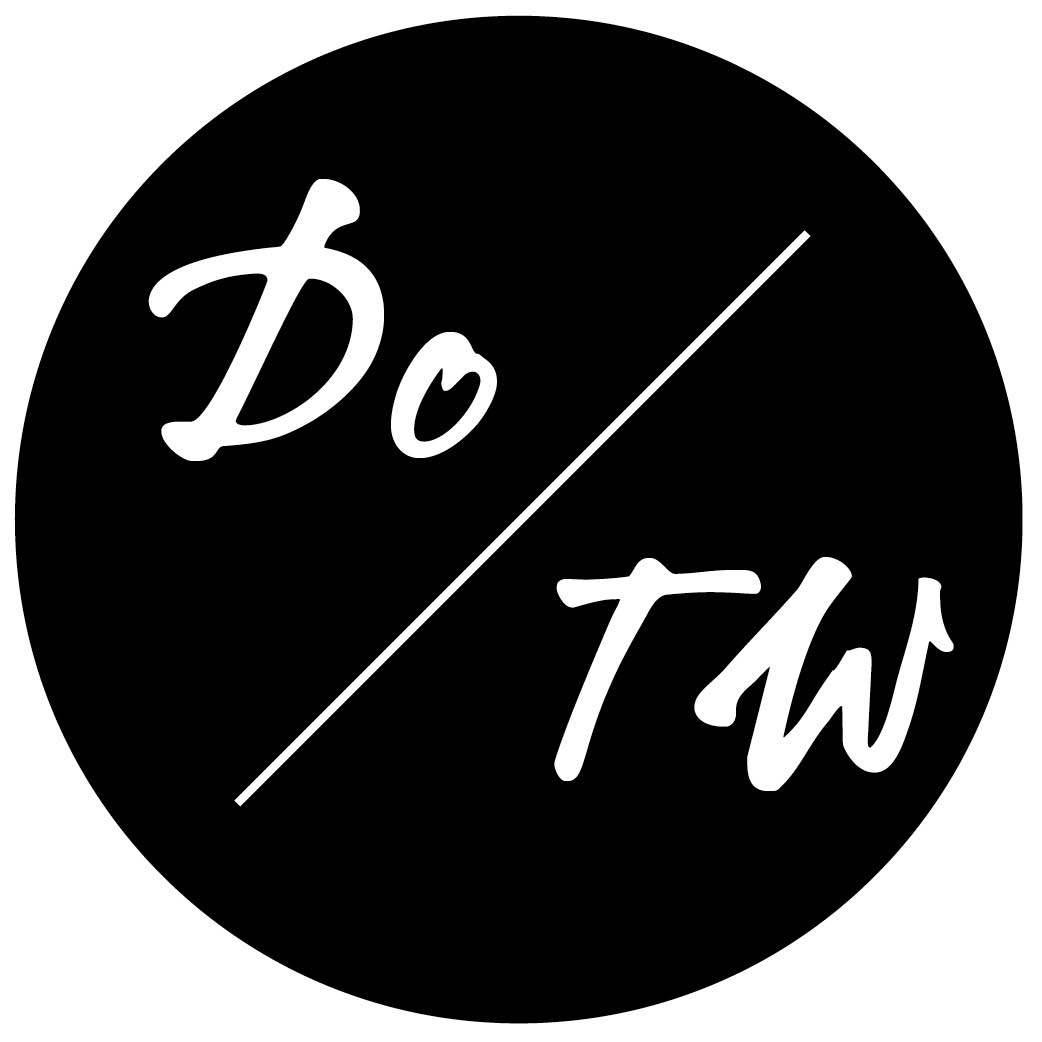How to Analyze a Magazine to Ensure Successful Pitches

One of the first things I teach aspiring print travel writers (especially the ones come over from blogging or copywriting) is how to break down a magazine.
You need to take it from a pile of glossy paper that you put on a pedestal or can’t imagine seeing your own humble words in to a framework of component parts that is built from the ground up every month.
Understanding the Structure of the Magazine Writes Your Pitches For You
There’s a saying that “there’s no such thing as writer’s block…” that ends differently depending on who you ask. I personally feel like it’s a lack of research; you’re not really prepared to write whatever you are laboring over producing.
Pitching is one of the areas where this is most apparent. If you’re having trouble coming up with ideas, it always boils down to one thing: you don’t have ideas. If you think you have ideas and are having trouble pitching, it’s because they’re ideas that don’t fit the publication you’re trying to pitch, or perhaps any publication.
For new writers, I find the magazine-then-idea approach much easier than having an idea and trying to track down the magazine to shoehorn it into. When you’re new, you don’t know hundreds of magazines and what they’re looking for off the top of your head, and, more importantly, having your article idea come from reading the magazine and familiarizing yourself with its style and the type of articles it runs makes your idea much more likely to be successful.
When you break down a magazine properly, it’s next to impossible not to get article ideas—no matter how blocked you think you are. I dare you. Let’s try it!
Work the Steps, Reap the Benefits
Set aside at least an hour, if not two, the first time you do this exercise. When you are first rewiring your brain to look at a magazine as an editor does rather than as a reader, breaking down a magazine will take much longer.
Step 1: The Table of Contents
Ignore the cover for now, flip through the first pages of advertisements, and find the table of contents:
- How is it organized?
- Is there an initial page just highlighting the features in the current issue followed by a page of departments? Vice versa?
- Is it strictly chronological or topical?
- Do they include headlines and subheads for each article or just features?
- How long are the heads and subheads?
- Do they follow a pattern?
All of these factors tell you how a magazine’s production staff believes readers approach the publication. Use this to shape the headlines and subheads in your own pitches.
Step 2: The Masthead
If you’re using your own copy of the magazine, which I recommend you do so that you can circle things and write notes on articles, continue past the table of contents to the masthead, and rip it out. The masthead will guide us through the first level of analysis of the magazine: seeing which sections are written by freelancers.
Flip through the entire magazine without reading any articles and make a list on a separate sheet of paper or on the table of contents of all sections written in-house. If there is no byline listed on an article at all, the section is probably written in-house every month. If there is a byline listed, but it is the name of someone on the masthead, it might be open to freelancers and only written by a staff member some of the time.
When you cross reference the masthead with articles, note, in particular, which articles are written by contributing editors. These folks are also freelancers, but they contribute regularly to the publication. Articles written by contributing editors are often open to other freelancers, unless the column carries an image of the author, which means it’s penned by the same person every month.
Step 3: The Text
Now that you know what sections are worth dreaming up ideas for and which are off-limits, start reading the issue cover to cover, and ask yourself:
- What is the flow of the language—especially in articles written by staff members?
- Do they trend more to short sentences or long?
- Third person or first?
- Colloquial phrases or exquisitely perfect grammar and syntax?
- Do they like a certain type or length of lede?
Every time you reach a section that is open to freelancers, break the article down further, noting:
- how many interviewees are quoted in the piece
- if it features statistics and other data-based research, in-person or phone research
- if there is a certain rubric for how the article is presented, like Delta Sky’s “1 City/5 Ways” department
- at least three rough, basic article ideas from your own recent research or travels that could fit the section
Step 4: The Cover
Once you’ve familiarized yourself with the entire magazine, go back to the cover.
Find each story mentioned on the cover and note where it is in the magazine and ask yourself:
- Do they primarily highlight features?
- Service-filled departments?
- Destinations?
Use this same approach to anchor the focus of your pitches—and especially the headlines, which you should include in the subject line on your pitch.
